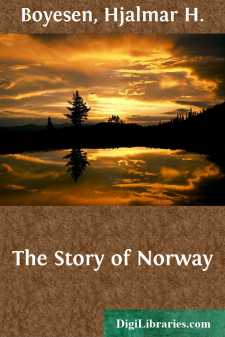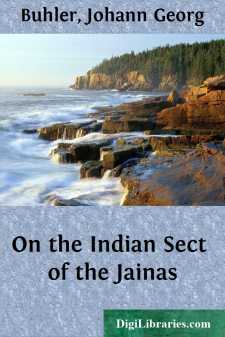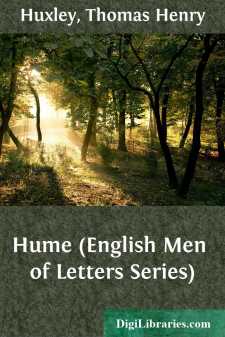Categories
- Antiques & Collectibles 13
- Architecture 36
- Art 48
- Bibles 22
- Biography & Autobiography 813
- Body, Mind & Spirit 142
- Business & Economics 28
- Children's Books 17
- Children's Fiction 14
- Computers 4
- Cooking 94
- Crafts & Hobbies 4
- Drama 346
- Education 46
- Family & Relationships 57
- Fiction 11829
- Games 19
- Gardening 17
- Health & Fitness 34
- History 1377
- House & Home 1
- Humor 147
- Juvenile Fiction 1873
- Juvenile Nonfiction 202
- Language Arts & Disciplines 88
- Law 16
- Literary Collections 686
- Literary Criticism 179
- Mathematics 13
- Medical 41
- Music 40
- Nature 179
- Non-Classifiable 1768
- Performing Arts 7
- Periodicals 1453
- Philosophy 64
- Photography 2
- Poetry 896
- Political Science 203
- Psychology 42
- Reference 154
- Religion 513
- Science 126
- Self-Help 84
- Social Science 81
- Sports & Recreation 34
- Study Aids 3
- Technology & Engineering 59
- Transportation 23
- Travel 463
- True Crime 29
Our website is made possible by displaying online advertisements to our visitors.
Please consider supporting us by disabling your ad blocker.
The Story of Norway
Description:
Excerpt
PREFACE.
It has been my ambition for many years to write a history of Norway, chiefly because no such book, worthy of the name, exists in the English language. When the publishers of the present volume proposed to me to write the story of my native land, I therefore eagerly accepted their offer. The story, however, according to their plan, was to differ in some important respects from a regular history. It was to dwell particularly upon the dramatic phases of historical events, and concern itself but slightly with the growth of institutions and sociological phenomena. It therefore necessarily takes small account of proportion. In the present volume more space is given to the national hero, Olaf Tryggvesson, whose brief reign was crowded with dramatic events, than to kings who reigned ten times as long. For the same reason the four centuries of the Union with Denmark are treated with comparative brevity. Many things happened, no doubt, during those centuries, but "there were few deeds." Moreover, the separate history of Norway, in the time of her degradation, has never proved an attractive theme to Norse historians, for which reason the period has been generally neglected.
The principal sources of which I have availed myself in the preparation of the present volume, are Snorre Sturlasson: Norges Kongesagaer (Christiania, 1859, 2 vols.); P. A. Munch: Det Norske Folks Historie (Christiania, 1852, 6 vols.); R. Keyser: Efterladte Skrifter (Christiania, 1866, 2 vols.); Samlede Afhandlinger (1868); J. E. Sars: Udsigt over den Norske Historie (Christiania, 1877, 2 vols.); K. Maurer: Die Bekehrung des Norwegischen Stammes zum Christenthume (Munchen, 1856, 2 vols.), and Die Entstehung des Islandischen Staates (Munchen, 1852); G. Vigfusson: Sturlunga Saga (Oxford, 1878, 2 vols.); and Um timatal i Islendinga sogum i fornold (contained in Safn til sogu Islands, 1855); G. Storm: Snorre Sturlasson's Historieskrivning (Kjobenhavn, 1878); C. F. Allen: Haandbog i F?drelandets Historie (Kjobenhavn, 1863); besides a large number of scattered articles in German and Scandinavian historical magazines. A question which has presented many difficulties is the spelling of proper names. To adopt in every instance the ancient Icelandic form would scarcely be practicable, because the names in their modernized forms are usually familiar and easy to pronounce, while, in their Icelandic disguises, they are to English readers nearly unpronounceable, and present a needlessly forbidding appearance. Where a name has no well-recognized English equivalent, I have therefore adopted the modern Norwegian form, which usually differs from the ancient, in having dropped a final letter. Thus Sigurdr (which with an English genitive would be Sigurdr's) becomes in modern Norwegian Sigurd, Eirikr, Erik, etc. Those surnames, which are descriptive epithets, I have translated where they are easily translatable, thus writing Harold the Fairhaired, Haakon the Good, Olaf the Saint, etc. Absolute consistency would, however, give to some names a too cumbrous look, as, for instance, Einar the Twanger of Thamb (Thamb being the name of his bow), and I have in such instances kept the Norse name (Thambarskelver).
It is a pleasant duty to acknowledge my indebtedness for valuable criticism to my friends, E....





